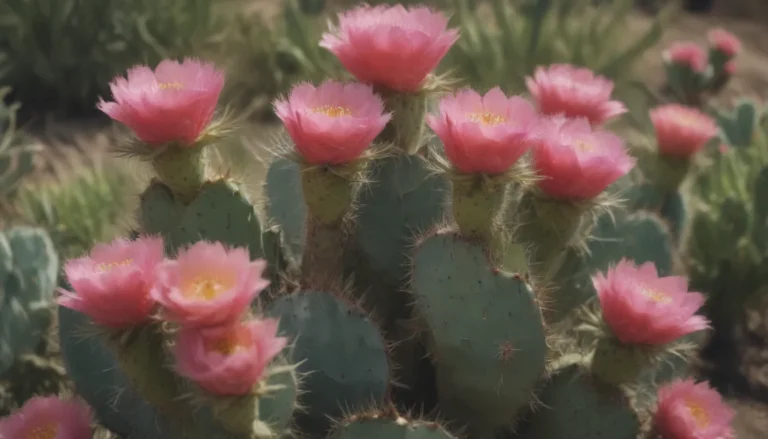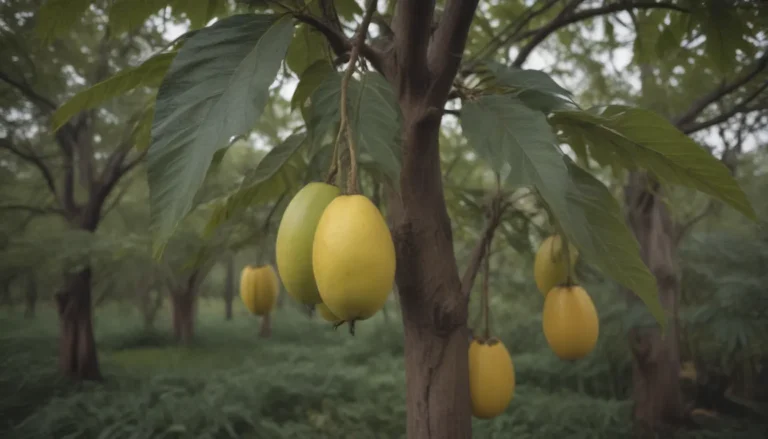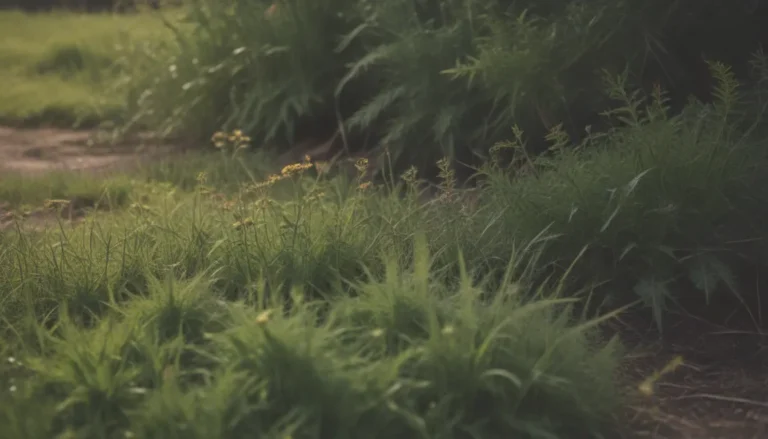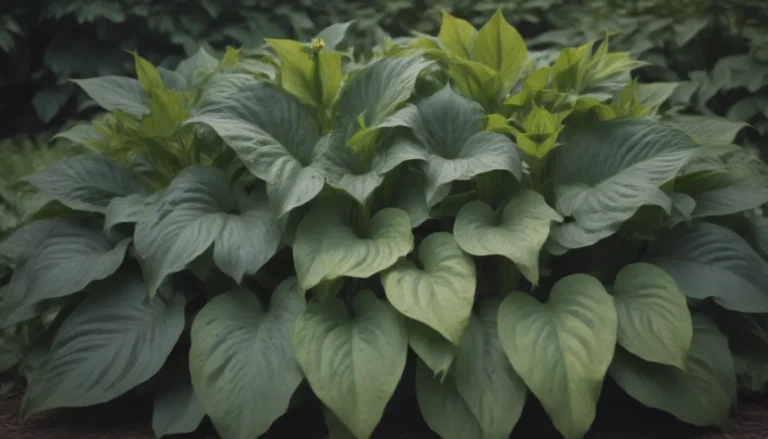Cacti vs. Succulents: What Makes Them Different?
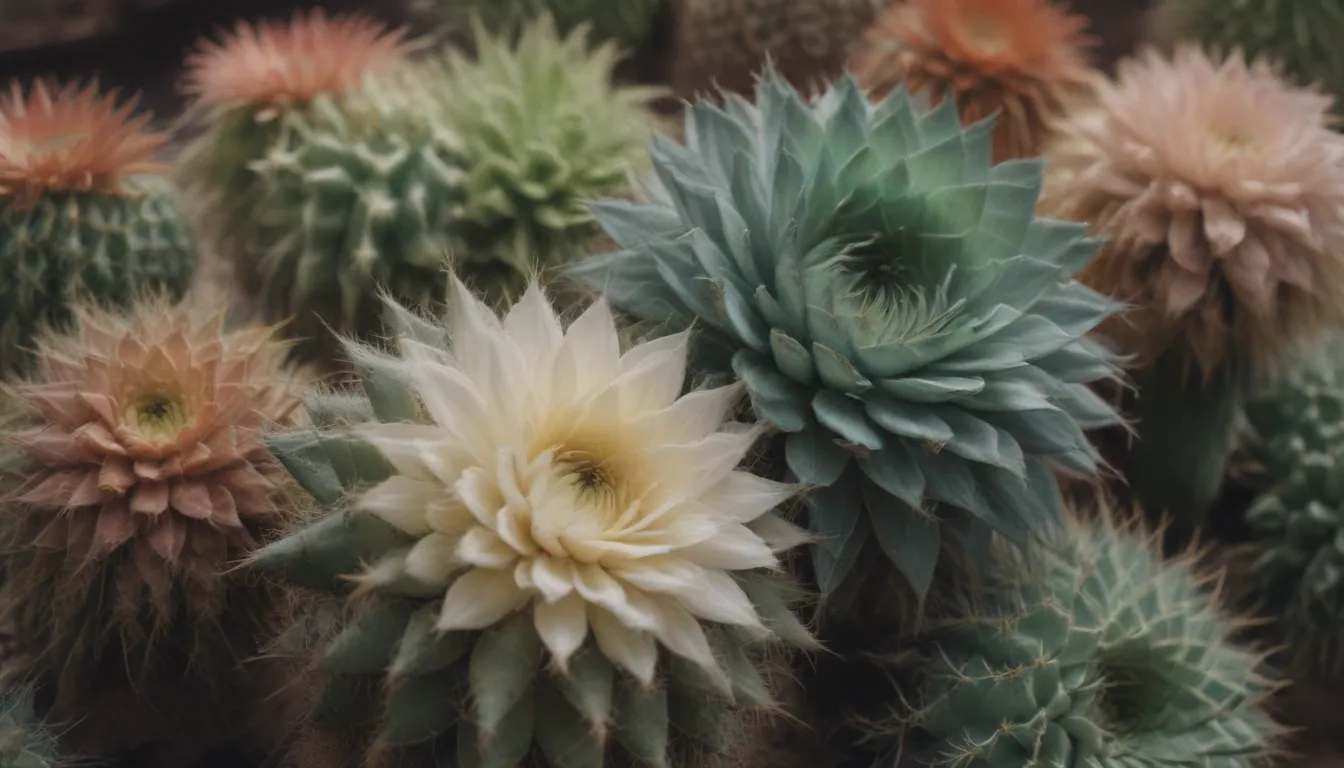
Are you curious about the difference between cacti and succulents? While these plants are closely related, there are some key distinctions that set them apart. Let’s dive into the fascinating world of these unique plants and explore what makes them so special.
Understanding the Relationship
Cacti and succulents are both fascinating plant species that share some similarities, but they also have their own unique characteristics. Here’s a breakdown of the relationship between cacti and succulents:
- Cacti: The term “cactus” refers to a specific botanical family, with iconic species that have gained popularity through Hollywood westerns and their distinct appearance.
- Succulents: On the other hand, succulents are a broader group that includes various types of plants from different botanical families. While all cacti are considered succulents, not all succulents are cacti.
Popularity of Cacti and Succulents
Cacti, especially the larger varieties, are well-known even to those who may not have a green thumb, thanks to their unique appearance and cultural references. Succulents, on the other hand, have been gaining popularity for their low-maintenance care, making them a favorite among first-time plant owners.
Key Differences Between Cacti and Succulents
While cacti and succulents share some similarities, there are important distinctions to keep in mind when caring for these plants:
- Watering Needs: Succulents generally require watering once a month in colder months and once a week in warmer weather. On the other hand, cacti should only be given a small amount of water every week or two, with the soil being kept very dry between waterings.
- Lighting Requirements: Succulents need around six hours of sunlight per day, while cacti thrive with at least eight hours of sunlight. However, it’s essential to be cautious of overexposure to direct sunlight, as it can cause the plants to burn.
Examples of Succulents and Cacti
Succulents come in various shapes and sizes, with unique features that set them apart in the plant world. From the tiny “living stone” to the giant saguaro, succulents showcase a diverse range of foliage and adaptations for surviving in challenging climates. Some succulents are even edible, such as purslane and aloe vera.
Cacti, on the other hand, include a wide range of species that are known for their resilience and adaptability. From the prickly pear to the beavertail cactus, these plants thrive in warm climates but can also withstand colder temperatures in certain varieties.
Practical Uses for Cacti and Succulents
Whether you’re looking to add a touch of green to your home or garden, or you’re interested in exploring the unique characteristics of these plants, cacti and succulents can offer a range of benefits:
- Aesthetic Appeal: Cacti and succulents come in a variety of shapes, colors, and sizes, making them excellent choices for adding visual interest to any space.
- Low Maintenance: These plants are known for their easy care requirements, making them ideal for busy individuals or first-time plant owners.
- Medicinal Properties: Certain succulents, such as aloe vera, are prized for their healing properties and can be used in skincare and health products.
In conclusion, cacti and succulents are fascinating plants that offer a unique mix of beauty, resilience, and adaptability. Whether you’re a seasoned plant enthusiast or a beginner looking to explore the world of gardening, these plants provide a wealth of opportunities for learning and enjoyment. So, next time you come across a cactus or succulent, take a moment to appreciate the remarkable diversity of nature’s creations.

